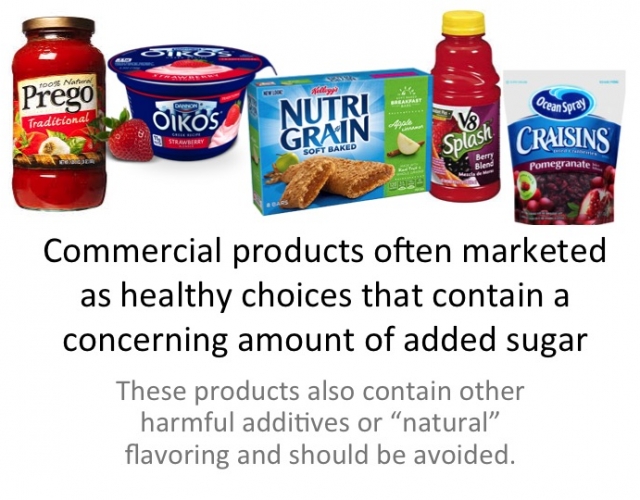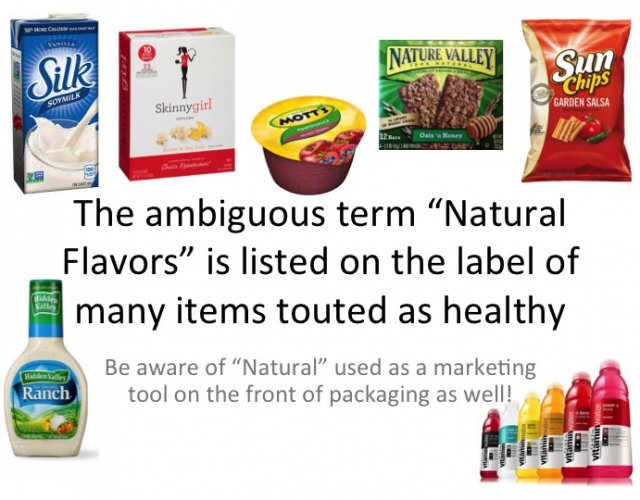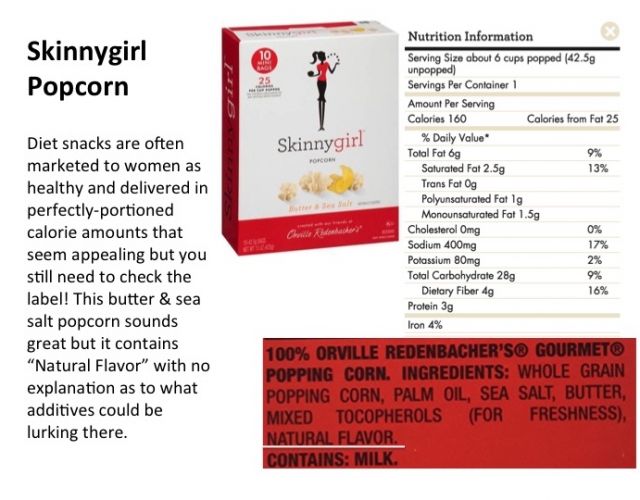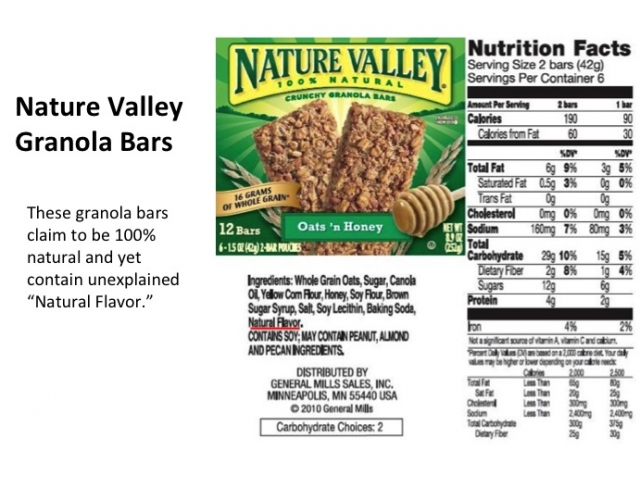Sour flavors have piqued our collective interest, on par with the spice craze. This consumer trend toward tangy flavors seems to have less to do with competitive one-upsmanship (as with spicy foods) and more to do with a movement toward wellness, artisanal foods, and ethnic cuisines.
More and more people are reaching for greek yogurt, kefir, sauerkraut and other fermented foods due to their probiotic content and known health benefits. As of 2013, Greek yogurt had expanded its market share from a mere one percent in 2007, to more than one third of the entire yogurt market. Research has shown that fermented foods provide important nutrients, support beneficial bacteria for your gut flora and can help optimize your immune system.
Others have been introduced to sour tastes through Asian cuisine and ethnic dishes like kimchee. Alongside the wellness fermentation trend, chefs are experimenting with pickling and other techniques to create sour flavors from cultures around the world. In fact, Katherine Alford, a vice president at the Food Network says [quote]Sour flavors are having a national moment.[/quote]
This trend has invaded commercial industries as well. There has been a large buzz surrounding sour beers with large distributers like New Belgium creating a new series of sour beers in light of their growing popularity in the United States. Craft brewers all over are also trying to perfect the style, which involves intentionally spoiling the beer with good bacteria, the same microbes that make yogurt and miso.
Sadly, not all sour foods are healthy choices. Wrigley, a subsidiary of Mars, Inc., saw a ten-fold increase in sales for sour gum in 2014 and has thus pronounced 2016 “the year of the sours” with plans to unveil several new sour candies and gums. Pringles currently touts a tube of XTRA Screamin’ Dill Pickle chips with a dare: “Brave one bite and you’ll be hooked on the aggressive taste that won’t quit.”
Citric Acid
Unfortunately, this type of forceful advertising and manipulative use of sour flavoring highlight some concerns. Citric acid – sometimes referred to as sodium citrate – is commonly the additive used to enhance flavor and provide the tangy, pucker-inducing taste that has become so popular. This innocuous sounding additive is not commercially sourced from citrus fruits as you might think. Instead, black mold is used to cheaply convert sugars into citric acid. The sugars used in this process are often derived from cornstarch and the corn is highly likely to be genetically modified.
As a result, mass-produced citric acid is a hidden GMO ingredient that reportedly sets off allergenic responses in some sensitive consumers. It is also known as an accomplice to the creation of benzene – a known human carcinogen. It is often used like MSG, added widely to enhance and intensify flavors, while also functioning as a preservative.
|
|
How to Avoid Citric Acid
The FDA and international food regulating agencies consider citric acid to be a harmless additive despite public concern regarding these apparent sensitivities. As always, read labels to avoid citric acid and other harmful additives. Enjoy sour flavors healthfully and naturally with homemade kombucha, fermented foods and organic yogurt.






















